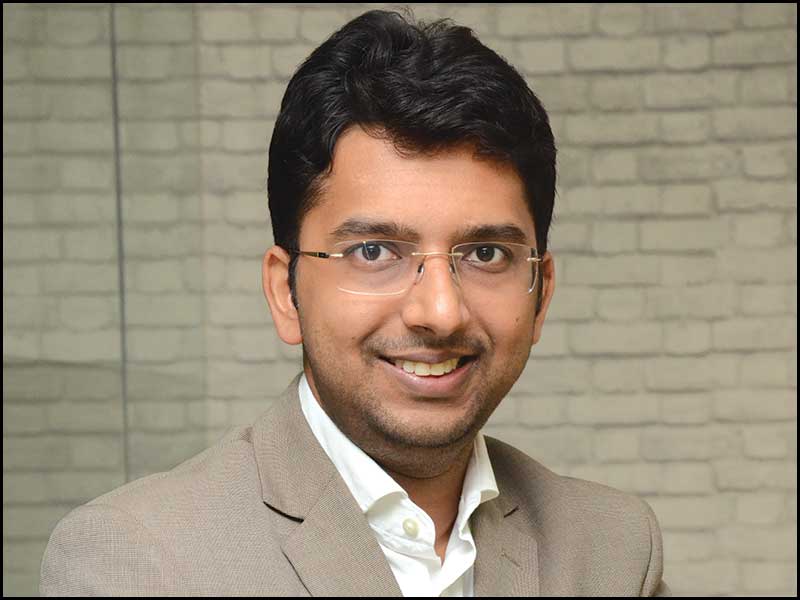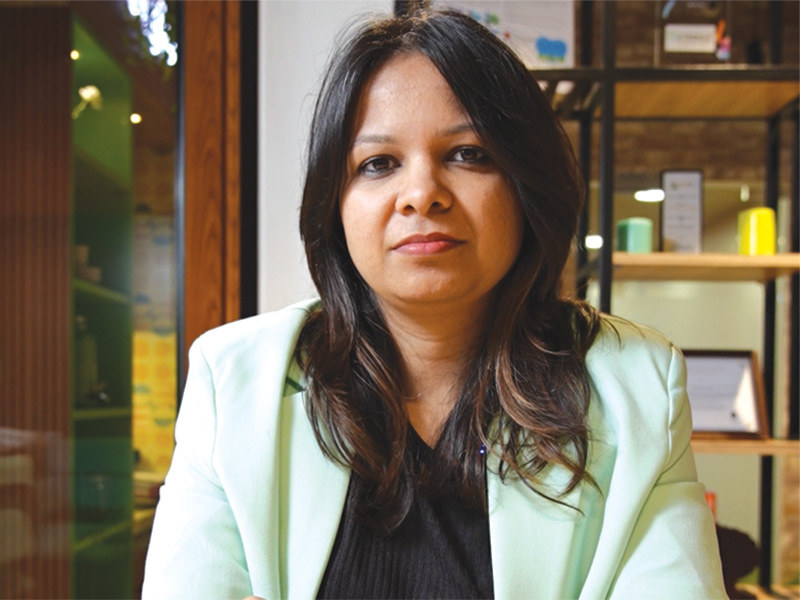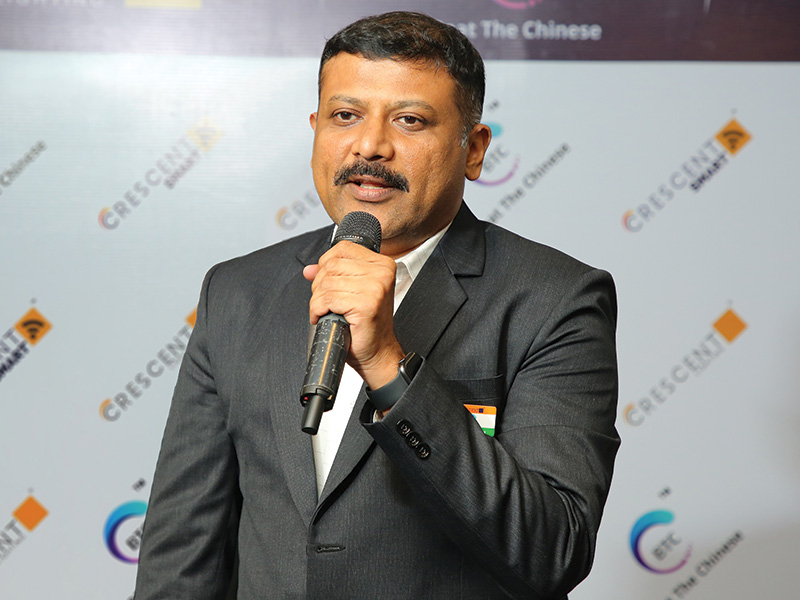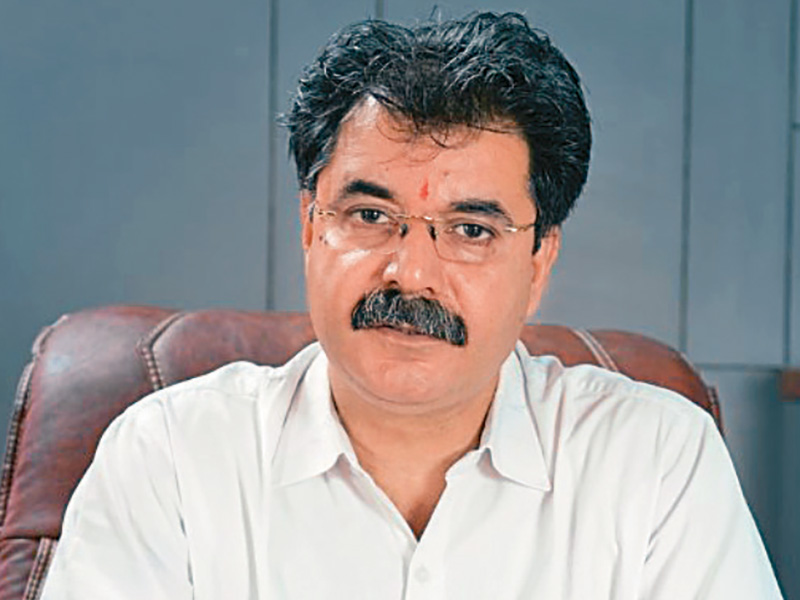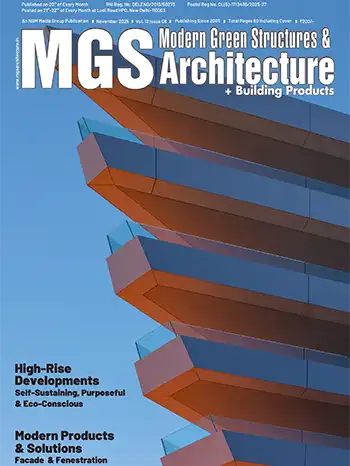How are architectural colleges like the Indian Institute of Art and Design (IIAD) addressing the integration of environmental, technological, aesthetics, and philosophical values in architectural education to bridge the gap between theory and practice?
In our course on Interior Architecture & Design at IIAD, we teach through a project-based learning system, where students learn to integrate aspects of environmental, technological, aesthetics, and philosophical values by tackling projects that are based on real situations as well as actual live projects. The technical and other subject lectures and workshops are built in within the project delivery which allows the students to absorb the learning by application rather than in a purely theoretical manner.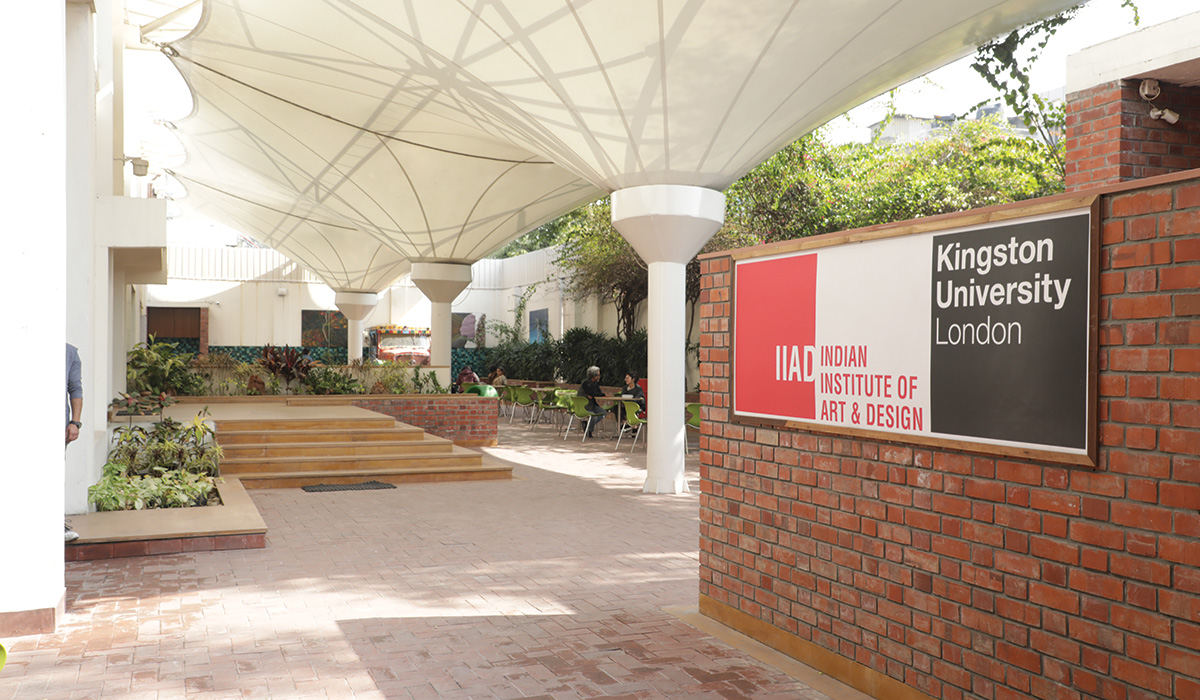
At present, the conventional method to teach design is by following the Western/Bauhaus-ian method which presupposes industrial manufacturing methods and the use of such products as the natural outcome in any design process. Such an approach will automatically lead the students into unsustainable final outcomes. The way forward should have always remained, as the Charles Eames’ India Report had stated, rooted in our traditional craft industries. Design schools need to urgently return to that pedagogy to not only encourage sustainable design principles but also establish an Indian identity in their designs.
How can design institutes foster a culture of innovation and creativity while instilling sustainability values in their students?
I feel that apart from getting the students to understand the ethical values of becoming a designer who is able to instil sustainability into their design outcomes and processes by the inclusion of traditional Indian craft practices, the resulting final design resolutions or outcomes take on a form and appearance that tend towards bespoke creations which are far more innovative, distinct and would stand out against a more conventional outcome. This aspect of the incorporation of craft within design education would encourage students to build a culture of innovation and creativity while at the same time addressing the issue of designing for sustainability.Traditional design practices are inherently sustainable in terms of an economical use of natural raw materials and manufacturing processes. Therefore, the usual contexts that our students design for, can all be constructed, to a great extent, by using craft methods. Our students actively collaborate with real-world businesses as clients, allowing them to apply their design skills to authentic challenges and gain invaluable hands-on experience.
The way forward should have always remained rooted in our traditional craft industries. Design schools need to urgently return to that pedagogy to not only encourage sustainable design principles but also establish an Indian identity in their designs.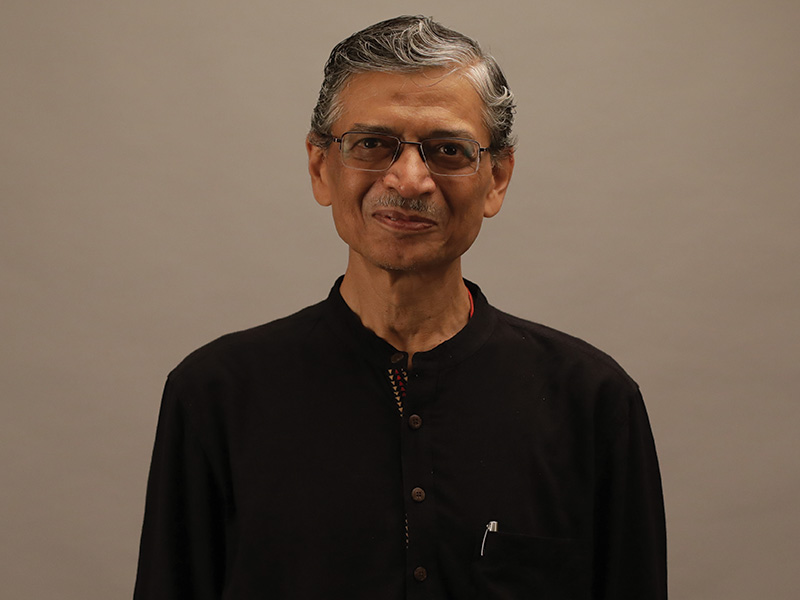
Snehanshu Mukherjee
How can design educators in India prepare students to address local and global challenges through their design work?
Design is essentially a way to solve functional “problems” posed by a given situation, context, or requirement. These “problems” are sometimes culture specific; however, most contemporary design challenges across the world address common issues. In India, because of our living craft traditions we have an edge over the more industrialised world. This is something that as design educators we should always remember and leverage into the design processes we teach our students to address. Not only do the craft processes address 12 out of the 17 points of UN’s SDG agenda of Sustainable Development Goals, it also creates a specially designed product or solution that is uniquely Indian and stands out in a globally competitive world.Please share some successful sustainable architecture projects in India that can serve as examples for aspiring architects and designers.
Examples of truly sustainable architecture are indeed difficult to find.The best example I can think of as really sustainable and ecologically valid would be a traditional rural dwelling in any part of India. Each such house would be typically made of locally available material resources and constructed with local expertise.
Mahatma Gandhi’s definition of a sustainable building was a simple one (which he had stated when his house was to be constructed in the Wardha Ashram). He had said that the house had to be constructed using materials and skills available within a radius of 5 miles from the site of construction. Today, there are a handful of architects who have attempted to build in this manner. Anu and Krishna of the Thulir Trust near Coimbatore would be one such architecture practice.
What are the key challenges and opportunities in reshaping design education in India?
I feel that the key challenge to design practices and therefore design education, is to get the end-user to understand and accept the end-product as being different in character from what they may conventionally expect or use. This essentially means building awareness amongst the end-users or the client base. This is where institutions like IIAD, which are concerned with design education, have both the role and opportunity to build this awareness amongst the people, only then can at least some of the critical UNSDGs be achieved.Please tell us about the learning opportunities for students at IIAD.
IIAD’s vibrant campus spread across 85,000 sqft fosters a dynamic studio-based environment that blends professionalism and practicality with fluidity and innovation. Its unique educational approach seamlessly integrates design and the arts and crafts. Throughout the year, industry experts conduct masterclasses, sharing insights on industry best practices and other relevant details with the students.IIAD provides an ideal environment for creative studio-based education programs that encompass a wide range of disciplines, including Communication Design, Interior Architecture & Design, Fashion Design, Fashion Communication, and Fashion Business Management. The students also enjoy a diverse array of opportunities from dance and music to theatre, photography, poetry, and social work.
IIAD boasts an impressive track record with a remarkable 94% student placement rate. Recruiters include well-known names such as IBM, Cognizant, H&M< FabIndia, Tarun Tahliani, Uniqlo, Decathlon, Shoppers Stop, Reliance Brands Limited, Aditya Birla Fashion & Retail, 11:11, Levi’s, Good Earth, Grid Design, SoStronk, Bain & Co., Yuj Design, Userfacet, Infoedge India, Office Banao, Studio Lotus, Aaquib Wani, Mangrove Collective, Design Plus Architects, Jaypore, Bewakoof, and many more
The academic experience, administrative support and services offered at IIAD adhere to stringent quality assurance protocols in accordance with the international benchmarks established by the UK’s Quality Assurance Agency. Collaborations with prestigious universities such as the University for the Creative Arts, Nottingham Trent University, Coventry University, Kingston University, Arts University Bournemouth, and many more allow students to transfer and participate in exchange programmes around the world, broadening their educational horizons.






